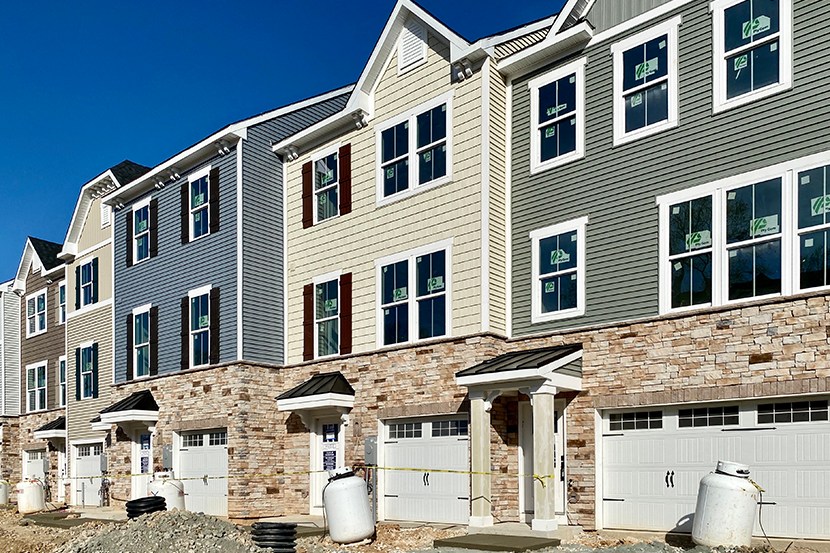
Builder Confidence Dips from Record Highs, But Stays Strong

Builder confidence in the market for newly built single-family home fell for the first time in three months in December, but remained strongly optimistic, the National Association of Home Builders reported yesterday.
The NAHB/Wells Fargo Housing Market Index fell by four points in December to 86 from November’s record-high 90. Despite the drop, the December reading was the second-highest in the history of the series.
The HMI index gauging current sales conditions dropped four points to 92, the component measuring sales expectations in the next six months fell four points to 85 and the gauge charting traffic of prospective buyers also decreased four points to 73.
Looking at the three-month moving averages for regional HMI scores, the Northeast fell one point to 82, the Midwest rose one point to 81, the South rose one point to 87 and the West increased two points to 96.
Earlier this week, the Mortgage Bankers Association reported its Builder Applications Survey fell by 6 percent from October but jumped by 34.7 percent from a year ago. MBA estimated new single-family home sales at a seasonally adjusted annual rate of 827,000 units in November, based on data from the BAS, a decrease of 10.8 percent from the October pace of 927,000 units. On an unadjusted basis, MBA estimated 59,000 new home sales in November, a decrease of 15.7 percent from 70,000 new home sales in October.
“Builder confidence fell back from historic levels in December, as housing remains a bright spot for a recovering economy,” said NAHB Chief Economist Robert Dietz. “The issues that have limited housing supply in recent years, including land and material availability and a persistent skilled labor shortage, will continue to place upward pressure on construction costs. As the economy improves with the deployment of a COVID-19 vaccine, interest rates will increase in 2021, further challenging housing affordability in the face of strong demand for single-family homes.”
“Housing demand is strong entering 2021, however the coming year will see housing affordability challenges as inventory remains low and construction costs are rising,” said NAHB Chairman Chuck Fowke.
Any number over 50 indicates that more builders view conditions as good than poor.
